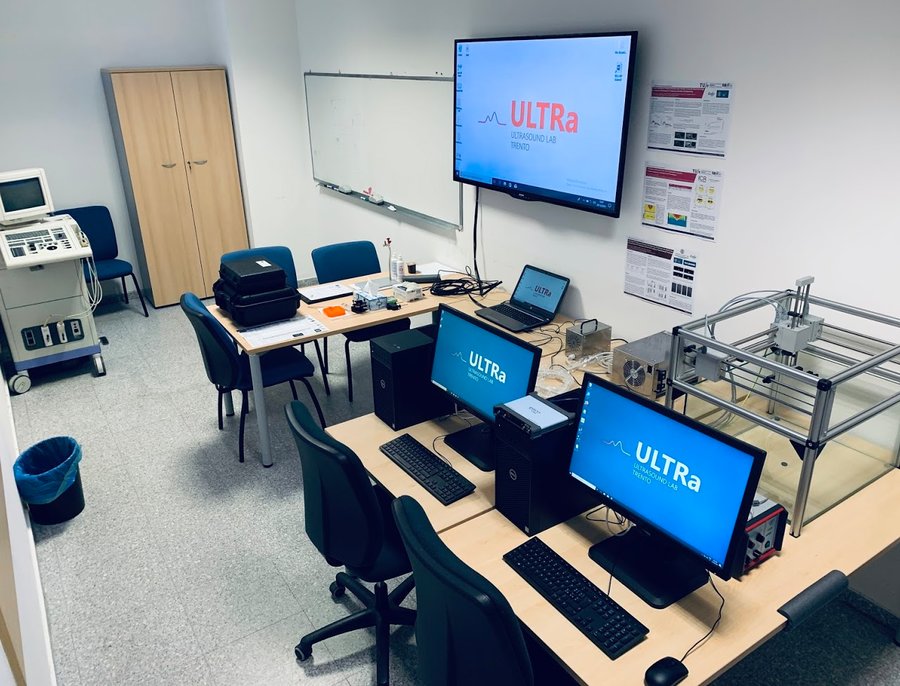
Fast, mobile and inexpensive. We are talking about monitoring the lungs of coronavirus patients, made increasingly accessible and streamlined by using ultrasounds. As shown by project ICLUS (Italian Covid-19 Lung Ultrasound), launched in February by ULTRa, the ultrasound lab of the Department of Engineering and Information Sciences - University of Trento. The goal? To develop an automatic diagnostic system using artificial intelligence.
Pulmonary ultrasonography: a challenging technique
Ultrasounds is a technology already used by hospitals (echographies are based on ultrasounds) but not on lungs because: being full of air, data is difficult to interpret. Hence the idea of Libertario Demi, director of ULTRa with a long standing experience in ultrasonography studies, to launch ICLUS in the midst of a health crisis. "The project - explains the professor - was born also thanks to the collaboration of a group of hospitals and aims to set standards at international level. We created a protocol, primarily shared within the scientific community, to guide doctors in the use of this technology applied to monitoring Coronavirus patients". From New York to Tokyo, Nairobi and Rome, by following these standards is now possible to set up appropriately the machines and read data correctly. "We are not yet able to diagnose the virus - Demi specifies - but we can monitor the progress of its effects on patients' lungs".
A technology that works in every sense
Lungs imaging is taken with X-rays, a limiting technique especially in case of infectious diseases. A CT scan room used for COVID-19 patients can no longer be used for anyone else. Moreover, the patient has to be moved in order to be examined, increasing the risk of infection. All these issues are erased by employing ultrasounds. "The equipment we use nowadays - explains Demi - are probes as big as a smartphone, connect to a tablet. They can be taken anywhere, not only in hospitals but even at home. We are able to perform monitoring directly at home". The economic factor is not secondary either. "Not every hospital has the money for a computed tomography room. But they could have 6,000 euros, which is the approximate cost for the ultrasound equipment".
The importance of the network
As the protocols have been published, requests for help are coming from all over the world. "India, Israel, Germany, Argentina, Holland. Many hospitals are currently asking to have access to our knowledge and experience. We are making it available, as any contribution can help to refine these techniques and protocols". So far, 60 thousand images of lung scans have been sent to University of Trento by hospitals adopting this technique and analyzed by Demi's laboratory. The final goal is to create algorithms allowing tablets to monitor, and hopefully also diagnose, automatically.






